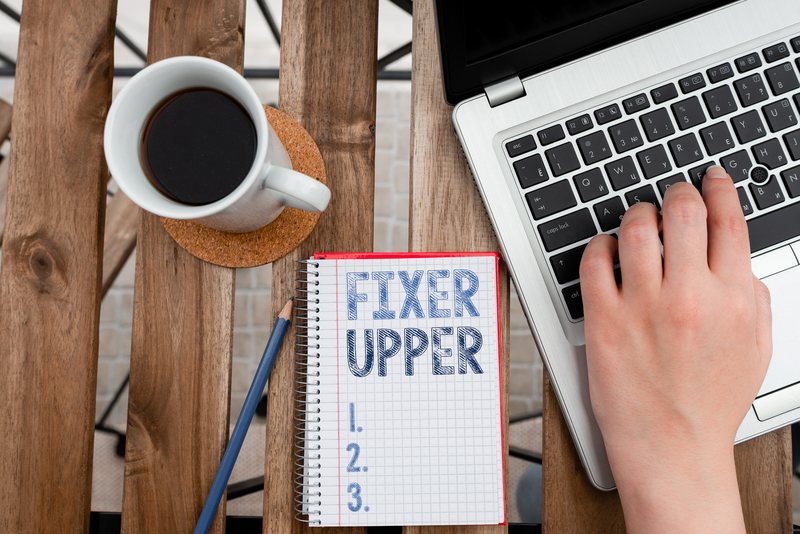Buying a Fixer-Upper the Right Way

Old houses can have an irresistible charm for homebuyers who don’t mind putting in some elbow grease to get a finished product. Deciding on a fixer-upper considerably widens your options and allows you to customize your new living space in an entirely unique way. This is no easy task. Choosing a house that will suit your needs, adjusting to surprises, and budgeting enough money and time are challenges that can turn disastrous at any point along the line. Setting yourself up for success early on is the most important measure you can take.
Types of Fixer-Uppers
Before you even begin house hunting, figure out what kind of a project-house you’d like to take on. Whatever category you choose will affect the cost and required work.
- Outdated Homes. These properties do not typically appear to have any structural issues, the owners just did not feel the need to upgrade during their time there. The house might just need a fresh coat of paint, new floors, fixtures, or other aesthetic touches.
- Foreclosure Sales. Foreclosures are owned by a lender, so you can imagine they don’t have much interest in upkeep. These properties are usually sold as-is.
- Pack Rat Homes. These homes are often the least expensive, but that’s only because you usually have to arrange for all the cleanup yourself.
- Handyman Specials. This type of home is your quintessential “fixer-upper”. They are sold as-is and priced low to entice buyers interested in flipping the property.
Professional Inspection
One of the most common mistakes homebuyers make is having their buddy or contractor walk through the house and eyeball it. This will only give you a vague idea of the work that needs to be done and the resulting cost. It will also be difficult to discover any hidden structural, electrical, or plumbing issues. Instead, have a professional complete a full inspection. They will be able to give you a clearer picture of the issues with the house and you can decide if it’s a realistic amount of work.
Crunching the Numbers
Once you have a good idea of the home’s potential, then you can sit down and do the math. Start by taking the fair market cost of the property. This means how much it would go for on the market if it were upgraded. Use other homes in the neighbourhood as an indicator. Then subtract renovation costs, including materials and labour. Deduct another 5 to 10 percent for unforeseen problems and inflation. The final number you’re left with is your fair purchase offer.
Pursuing a fixer-upper property can be an incredibly rewarding experience if done correctly. There are even mortgage products such as Purchase Plus Improvements to help you cover the costs of your renovations. Our team at Source Mortgage can help you figure out if this product is right for you. Contact us today to get started!

